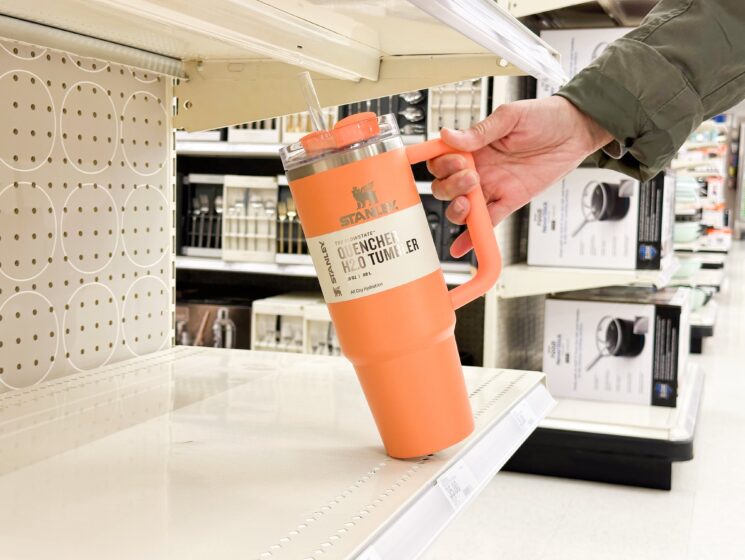
By Lauren Hyland
In a world where trends shift with the swiftness of a mouse click, the pursuit of individuality often finds itself entangled in the web of microtrends and niche markets. The once-simple spectrum of beauty has morphed into a complex array of choices, where identity is no longer defined by classic aesthetics but by the nuances of being a “clean girl” or a “mob wife,” possessing either low visual weight or high visual weight and aligning with the perfect allure of a fox eye or the captivating mystery of a siren eye.
The era of one-size-fits-all beauty standards has been replaced by an age of hyper-specialization, with every conceivable aspect of personal presentation dissected and categorized into microtrends. A paradox has risen in light of identity searching adjacent social media — as we strive for unique individuality, we find ourselves increasingly conforming to narrowly defined archetypes.
Popularized by the most favored social media among teens in 2024, TikTok, beauty ideals no longer fall into a dichotomous category of ugly or pretty. How could it when now there’s deer pretty and bunny pretty? Cat pretty or dog pretty? Winter pretty or summer pretty? But it can’t be all about looks, of course! What’s the morning routine? Journaling? Lemon water?
The TikTok hashtag “thatgirl” has over one million posts and consists of videos with advice for anyone trying to become “that girl,” of which has many definitions. Whether it be a morning routine or where to shop, that girl seems expensive and clean. That girl manages to better herself every second of every day and can teach you how to do just the same.
As you scroll away trying to unlearn everything you are, an ad pops up for a Stanley Cup that you absolutely need if you want to become “that girl.” And luckily, an ad for a new lip tint that won’t stain your straw. Thank God! And now earrings to match the lipstick, a shirt to match the earrings and shoes to match the shirt — a lifestyle to match the new and improved you! Now that you’re perfect, do a “get ready with me,” the popularized short video format where you get ready in front of an audience and show each product you use to be the best you. Don’t gatekeep.
Now you want to be someone else. Thankfully, there’s a myriad of perfect personalities to choose from. How about you try being an “it girl” instead? There are a million different products to help you, so it’s no worry. If nothing else appeals to you, just wait a few more days and someone new will be on the horizon.
The constant feed of information suggesting that you better yourself with the use of the next big product threatens the uniqueness of the individual. Those who follow the specificity of each created ideal, that is, the particular name given to a niche and how to achieve it, have become known as sufferers of brain rot, when one’s mind has become so infiltrated by the content they consume that their personality lives online. Beyond looks and lifestyle, brain rot pertains to use of internet jargon as well. Ironically, the term brain rot could be defined as such jargon. Continuous references to social media trends or terminology can signal said brain rot. From becoming easily influenced to influencing others, those experiencing brain rot often listen to their influential social media feed over their own judgment. Their minds are clouded by the next big trend.
Combating the tyranny of content, product consumption and self desensitization stands the idea of de-influencing. Another form of content — but, possibly, a helpful one. A new trend where influencers discourage their followers from buying certain products or following certain trends all to remind an audience to be themselves rather than someone they see on a screen for a couple of seconds.
It’s unknown whether the never-ending stream of influential information will come to a halt. And based on the current situation, that outcome is unlikely to occur anytime soon. Be wary. Manage the attention you give these addicting lifestyles.





